I must first applaud our government for coming up with such a comprehensive retirement scheme for our citizens. Being in this industry where my bread and butter is understanding how various financial instruments work together for my clients, only after speaking to a client who works at CPF, did I realize how much more intricate our CPF system actually is. So before you blow off this article, do give me a chance to share with you some new insights on our CPF retirement scheme.
As a start, many of you may know that once we hit the age of 55, money from our SA and OA accounts will be used to form the Retirement Account (RA). But did you know that the default amount to form the RA is the Full Retirement Scheme (FRS) amount? And did you know that this amount will first be taking from your SA account followed by your OA?
So there are basically 3 thresholds in forming your RA.
-
1. Basic Retirement Sum (BRS)
2. Full Retirement Sum (FRS) = 2 times BRS amount
3. Enhanced Retirement Sum (ERS) = 3 times BRS amount

And these 3 thresholds are adjusted every year to keep pace with living costs and inflation. If you turned 55 this year, the FRS amount will be $166k. And this amount will be the default amount that will be taken from your OA and SA accounts to form your RA. So what are the implications to your retirement at this juncture?
-
1. Your RA account will only start paying out when you reach 65 or beyond. This means that whatever money that goes into your RA is locked there till the government dictated retirement age.
2. Your OA and SA account money are available for you to withdraw any time you want and at any amounts. Think of the CPF as a your personal ATM, but for the sake of those working there, please do not go and withdraw $10 each time! Money kept there will continue to accrue the stated CPF interest rates for each account.
So what are your options? There are 3 main choices that you can make at that point.
-
1. Opt to put in only the Basic Retirement Scheme (BRS) amount, which is halve of the FRS amount.
People who use this option are generally those who desperately need the cash as the difference between the FRS and BRS amount, must be withdrawn out in cash. You cannot choose to keep it in your OA or SA. This it the government’s way of preventing us from gaming the system where some might be tempted to leave the money in CPF to accumulate at the same interest as the RA account while giving them the flexibility to withdraw anytime they want. They want all citizens as far as possible to put in the minimum of the FRS amount for our retirement. But for those who need the cash for whatever reasons, they are kind enough to give you the option of reducing your RA amount but you have to take the money out in cash.
2. Opt to further top-up your RA account with monies from your OA and SA.
Of course you can also choose to put in more than the FRS amount into your RA. But the maximum will be up to the ERS amount, which is $249k today. There is really no compelling reason why you want to do this since the interest rate of RA matches that of the SA account. You can leave the money in your SA and get the same benefits without sacrificing liquidity. But some of you who are sharper will ask, ‘why not top-up my RA with my OA monies, since OA interest is less than RA?’ Excellent question! But you cannot do that unless your SA has no more money. Top-up of the RA must start from your SA account first, followed by your OA. So for whatever amount you want to top-up, you must first draw down on your SA before touching your OA.
This top-up can also happen anytime from age 55 and even after payout from your RA has started, so you can choose to do this later on if you want to increase the annuity payout from your RA. Again some of you who are more aware of the details will ask, ‘Then wouldn’t the limit of topping up the RA (which is to ERS amount) be reached later on due to the accumulated interest? This would then prevent me from topping up in the future.’ Another great question! But no, the top-up limit ignores accumulated interest in the RA. So if you initially put in the FRS into your RA, and just before you hit payout at age 65, you decide to top-up your RA, you can still put in up to a max of ERS minus FRS amount which is $83k if you reach 55 this year. Remember that the BRS, FRS and ERS amounts increase every year and the amount will be determined based on which year you hit 55 and the CPF determined values of the BRS, FRS and ERS at that point in time.
3. Do nothing.
Accept the default depositing of your RA and keep the rest in your OA/SA accounts. This should be the most common choice, which explains why it is the default!
What does all this mean?
After going through all the nitty-gritty details of how our Retirement Account works, how should we plan for ourselves? The bottom-line is pretty simple.
-
1. Barring special circumstances, like urgent need of cash, you should just accept the default arrangement at age 55. It is also good to know that the remaining money in your OA and SA can be withdrawn if you really need cash after age 55. However, this should only be one of the last options as the risk-free CPF interest rates are too good to ignore. Better to leave the money there and let it accumulate for as long as possible.
2. As the FRS amount increases every year, plan to top-up your RA annually with cash to the new FRS amount. Why? For tax benefits. Any top-up to RA up to the FRS are tax-deductible. So you will be enjoying higher interest rates for your cash from the RA and also you get tax deductions, which makes the top-up more worthwhile, unless you have better opportunities with your money.
3. Plan to top-up your RA just before payout starts if you wish to receive higher payouts from CPF from retirement age.
To understand more about planning for your retirement and to ensure that you have sufficient to retire, drop me a message for a no-obligation consultation.



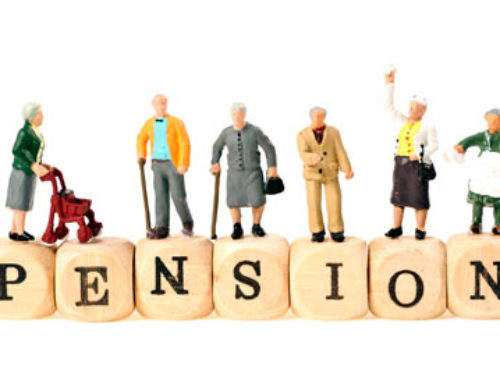
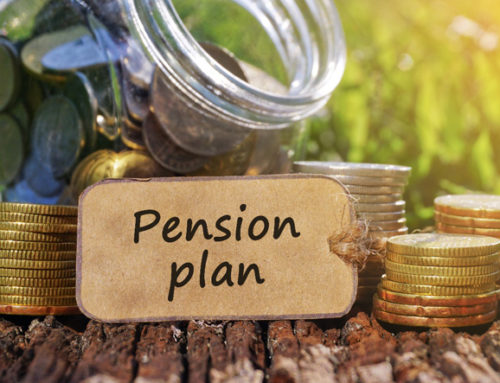

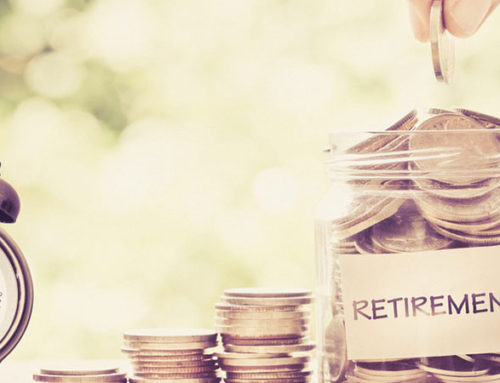
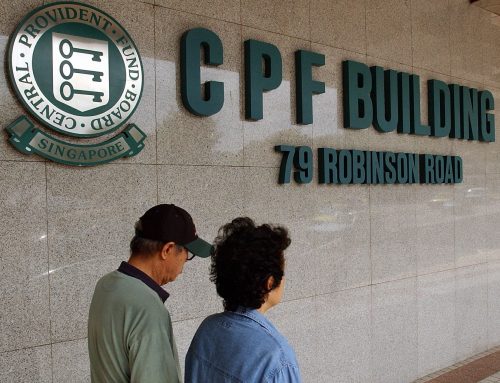




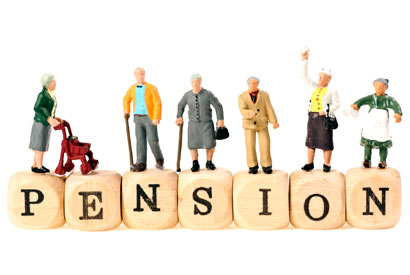

Recent Comments